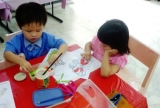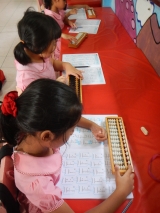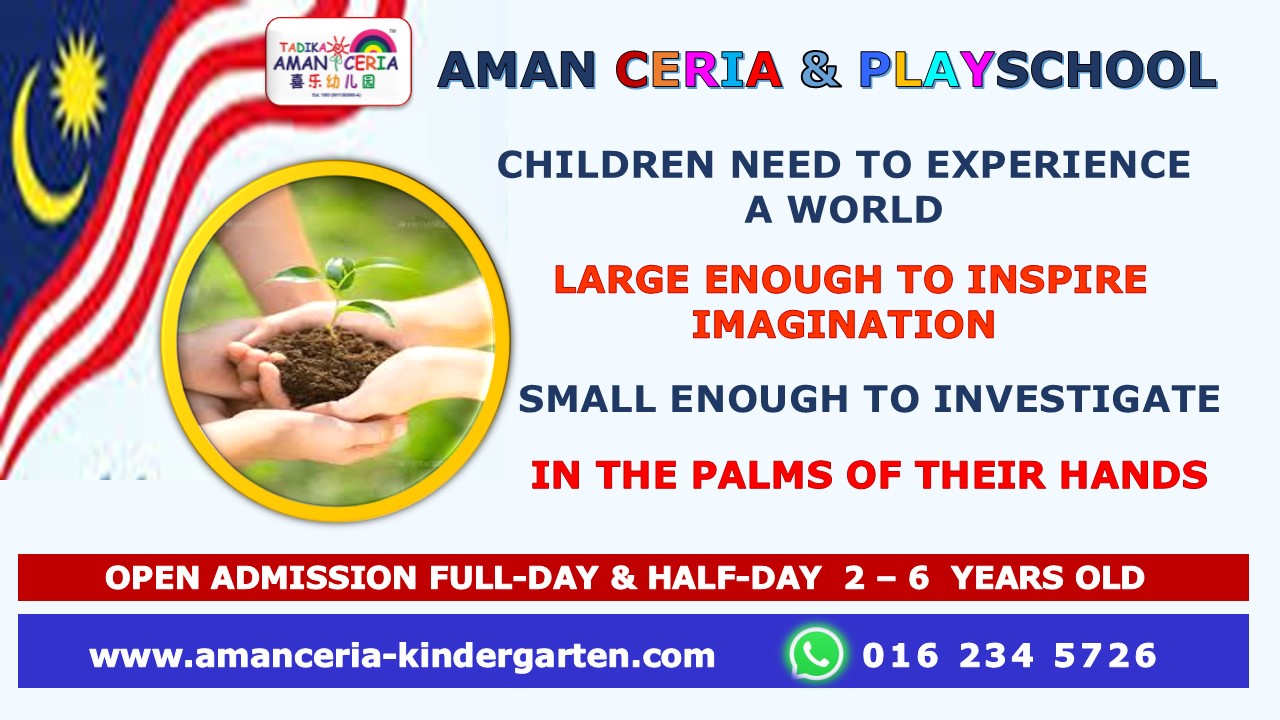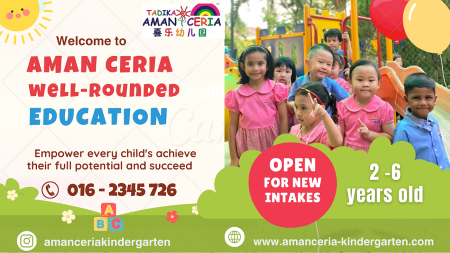
How to Identify Children Learning Style?
• Understanding the learning style of your child can provide a key to success and a way to avoid frustration.
• Every child learns a little differently, it is important that parents have a good understanding of the different learning styles.
Auditory learners learn best by listening and like to have things explained orally. Auditory learners may talk to themselves when learning something new.
Visual learners easily remember visual details and prefer to see what they are learning. They like images and written information.
Kinesthetic or tactile learners prefer activities that allow them to do what they are learning about. Learn best with hands-on activities.
Sociological learners benefit greatly from group activities. Cooperative learning is an important learning tool

Children's Learning Style
• Learning style can play an important role in improving the children's success.
• Some children are fast learners and others have difficulties.
• Skills that come easily to one child may be difficult for another.
• The best way to learn depends on your children themselves because not everyone learns the same way or at the same time
• Some children learn best when presented with information visually. Others comprehend more effectively when instructed orally.
• Learning is greatly affected by interest levels and paying attention. Before your children can learn, they must first develop certain 'readiness skills'.
• Such experiences can include listening skills and concentration. Visual and auditory discrimination, story sequence and left to right eye movement- all necessary skills for reading.
• When your children are interested in the subject matter, learning takes place naturally.
• Besides interest, motivation is probably the dominant force which governs the children's progress and ability to learn.
• Another important element is enjoyment. Learning process should stem from the your children's natural curiosity, not from force.
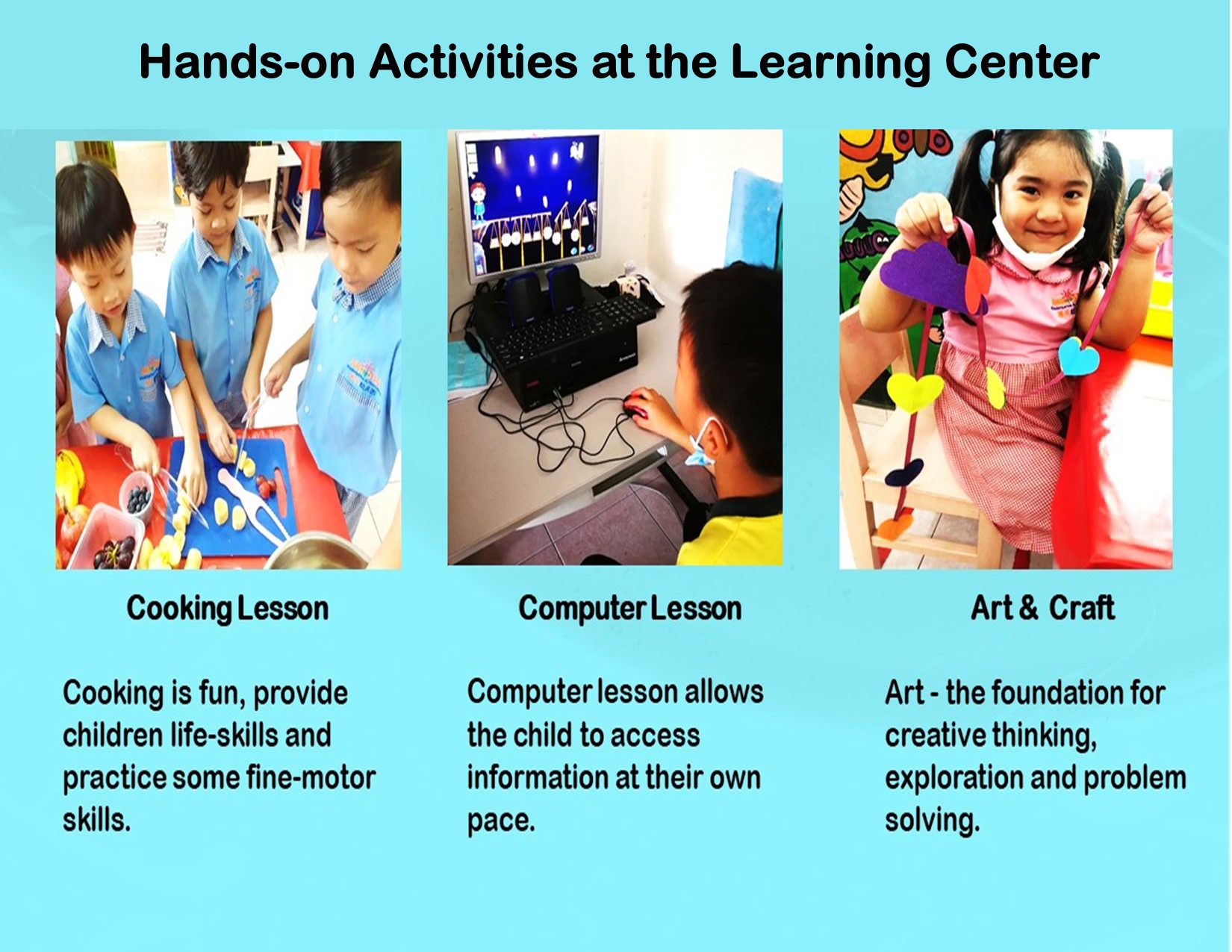
Conducive Environment for Learning
Environment can have a big effect on the amount of learning that occurs. Understanding what affects the learning is important.
Formal vs. Informal
A formal setting would be the tables and chairs. An informal setting would be the floor or on the carpet etc. Children's brains will not function the same in the same postural position. So when you see children slouching in a chair, it may mean that they would learn better in a informal setting.
Noise vs. Quiet
Some children find sound distracting and some find it calming. It may be beneficial to have study areas established. One where the noise level is kept to a minimum and one where some background music is present.
Bright vs. Dim
Everybody's eyes react differently to light. Some children may need to sit by a bright reading lamp. Others may get a headache when too much light is present. A light level that your children find comfortable should be sought.
Kinesthetic
Some children need to have continuous movement as they are studying, such as tapping their fingers or chewing gum. This is absolutely natural, make sure they do not distract others.
Mobility
The human body is built to move. It does not like to sit still for long periods of time. Research has shown that it only takes 30 seconds to rest and recharge the brain.
Temperature
Room temperature also plays a key role in learning. If children are too cold or too hot, they will have a hard time concentrating.
************************************************
|
|
To your parenting success
Mrs. Law




